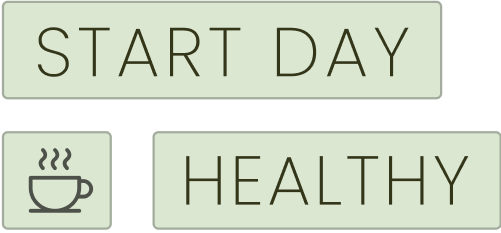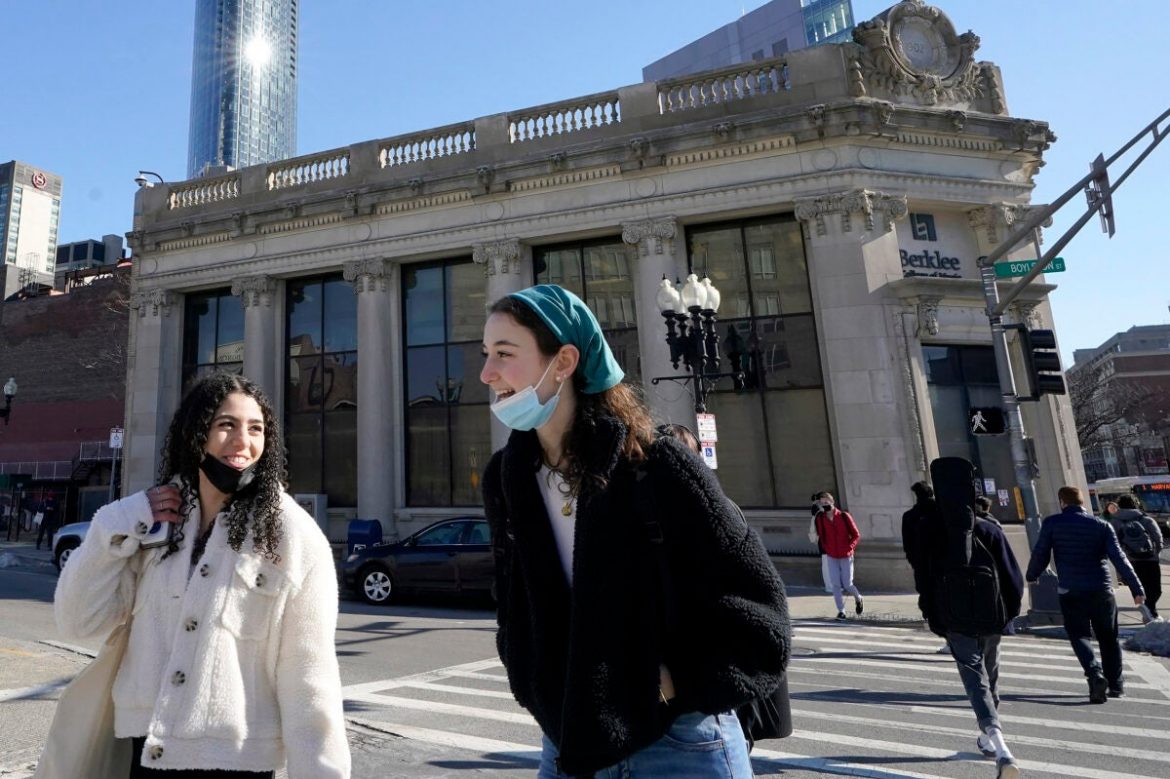As more governors end mask mandates, and as Omicron fades and a range of new anti-COVID tools emerge, risk-reduction experts say that now is the time to redefine pandemic living.
“Just like it was not appropriate to use the 2019 playbook in 2020, it’s inappropriate to use the 2020 playbook in 2022,” said Joseph Allen, an associate professor of exposure assessment science at the Harvard T.H. Chan School of Public Health. “The tools we have are changing and so are the conditions on the ground, and we should adapt accordingly.”
The conditions include a significant drop in COVID infections in recent weeks. The CDC reported just 34,034 new cases on Sunday, down from 1.3 million on Jan. 10. Hospitalizations and deaths, which have begun to decline, trail cases by several weeks.
Allen, a healthy buildings expert who has helped schools, airlines, and businesses respond to COVID, said vaccines and boosters are the most powerful tools in the pandemic. Healthy people who are vaccinated and boosted have extremely low risk of serious illness from SARS-CoV-2, he noted. Widespread availability of masks and rapid tests, the recent approval of new antiviral pills, and two years’ worth of experience by the health care community in handling COVID are each significant developments and together create a dramatically different landscape, he said.
“We have a lot of new tools that we didn’t have and this is why I think it’s appropriate that governors are starting to change or remove mask mandates,” Allen said.
James Hammitt, a professor of economics and decision science at the Harvard Chan School and director of the Harvard Center for Risk Analysis, noted that as government controls recede, risk management will fall to individuals. Exposure potential is related to levels of community transmission, the number of people at a particular location, whether the event is indoors or outdoors, and duration, Hammitt said. Social, educational, economic, and many other factors also come into the equation.
“Everybody can balance their own situation, and for some people it’s more important to go and eat dinner in a restaurant than it is for other people,” Hammitt said. “So, even if the risk is the same, it’ll be worth taking for some people and not for others. People always talk about science-based decisions, but science cannot be the whole basis. Science can tell us what will happen if we do one policy or another, with some error, but it can’t tell us whether that’s worthwhile.”
Hammitt emphasized, however, that people need to guard against risk calculation becoming too self-centered.
“When performing our personal risk-reward balance, I think all of us should at least put a thumb on the scale in favor of taking more precautions, because if any of us becomes infectious we risk infecting others, including strangers, quite possibly without even knowing we are infectious,” he said.
Though the risk environment has changed, the pandemic has been hard on everyone. Allen urged people to be patient with those at different levels of risk tolerance.
“We should recognize and honor that people are going to be ready to get back to doing all sorts of things at different times,” Allen said. “Some people are vaccinated and boosted and ready to be done. I think that’s a valid assessment. Other people remain quite concerned — that’s also valid. We’ve been white-knuckling it for two years, collectively, and as we start to loosen that grip, some people are going to be ready to let go entirely and some people are going to hold on tight. I think we have to start there and recognize that it’s OK. It’s become unnecessarily contentious.”
Meanwhile, the risk calculus at schools has changed, even amid conflicting guidance on masking, with recent Harvard-MGH research warning that community case levels are still too high to warrant lifting mandates for most elementary schools. While kids have always been at low risk for serious illness, early in the pandemic there was considerable risk they’d transmit to unprotected adults. With those adults — and many students — now vaccinated, the landscape has shifted. Nonetheless, Allen urged vigilance. Given the unpredictable nature of the virus, he said, communities should move to boost ventilation and filtration in schools and offices, increase vaccination rates, and step up production of rapid tests and N95 masks.
“We would be foolish to let our guard down, considering what happened over the last two years. That said, I think we should also pay attention to all of the signals right now that point to a reprieve, at least for the next couple of months,” he said. “We should use this time wisely.”
As Americans reconsider COVID risks, Allen thinks the CDC should reconsider its choice of pandemic metrics. High rates of vaccination and boosting have made cases and test-positivity rates outdated, he said. The result is that CDC risk maps show almost the entire country at substantial or high risk of infection, even when regional data — a high vaccination in Massachusetts, for example, coupled with plunging counts of viral particles in wastewater — paints an entirely different picture.
“These metrics are flawed and biased and really shouldn’t be the basis by which we decide these things,” Allen said. “In fact, this is why governors are moving ahead of the CDC, both in Republican- and Democrat-led states. I think we can look at unbiased metrics like wastewater as an earliest indicator of when we might need to tighten controls and when we can pull them back.”
It’s not just the government that gets tripped up, Hammitt said. People at both extremes of the spectrum have difficulty identifying risk. At one extreme are those who deny that COVID-19 is dangerous, despite the high death toll, or who refuse to get vaccinated despite evidence showing it protects against serious illness. At the other extreme, people practice what he described as “prevention theater,” protective measures in contexts with little risk, such as wearing masks outdoors where transmission is vanishingly small.
“Maybe it’s time to lower the panic a little,” Hammitt said.

